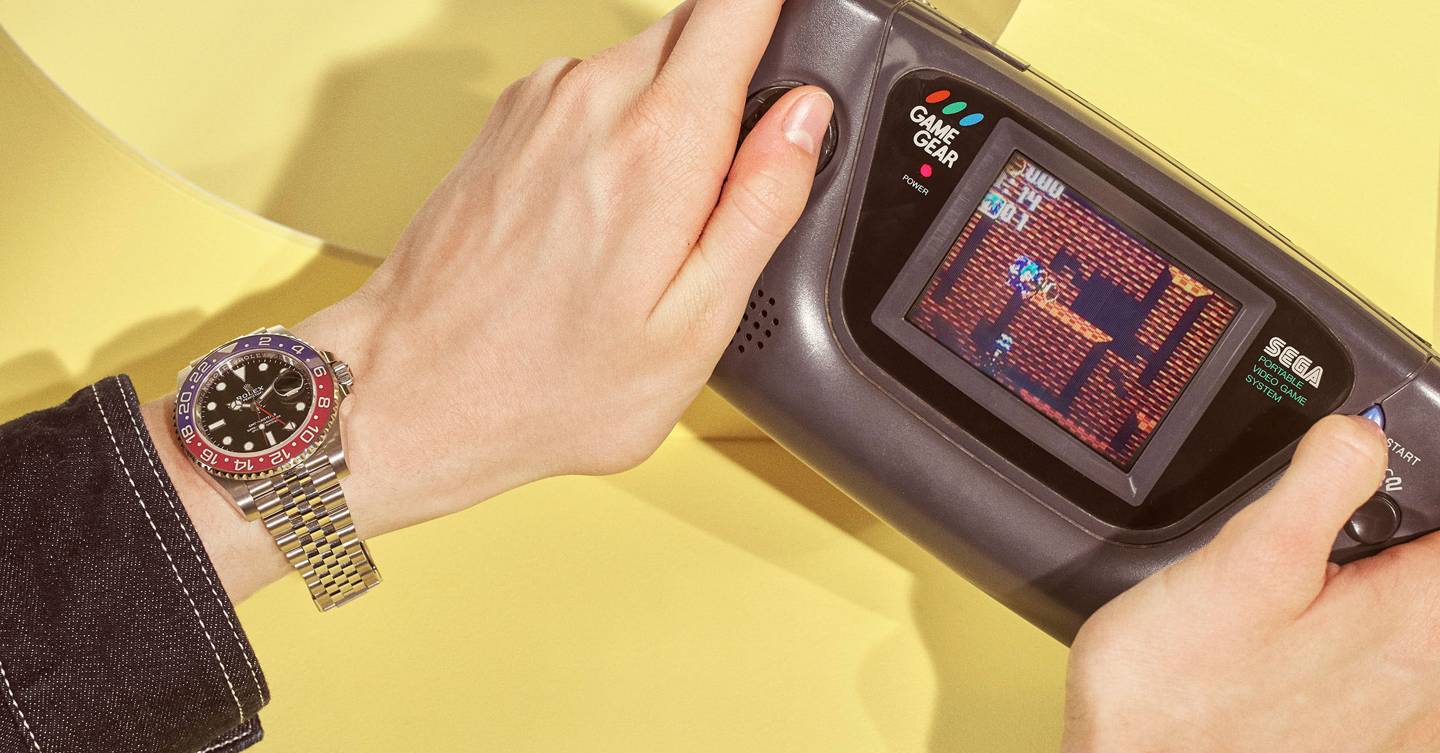The best GMT watches for stylish global travellers

In 1721, astronomer royal Edmond Halley made the first of many meridian measurements at the Royal Observatory in Greenwich, London, that helped to establish the concept of a zero-point from which the entire world could measure its time. Initially, British seafarers benefited from Greenwich Mean Time (the “mean†refers to the average deviation throughout the year between the real and theoretical positions of the Sun) as British clock-makers in the UK were among the first to use marine chronometers. Today, we still use GMT as shorthand for a universal reference point, and during the 1950s it was with reference to Greenwich that Rolex created the GMT-Master for Pan-Am pilots eager to keep one eye on time at home, even as the standard was being usurped by the infinitely more drab Co-ordinated Universal Time (UTC) Of course, there are Swiss watchmakers who market their models as UTC instead – and a great many . Source